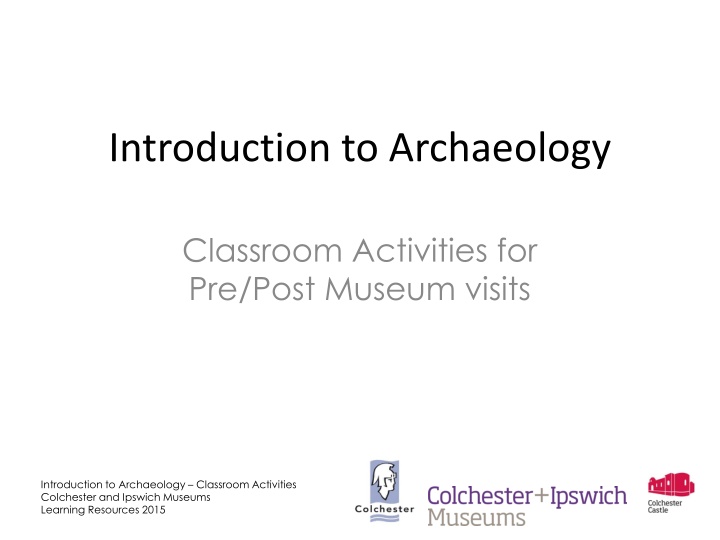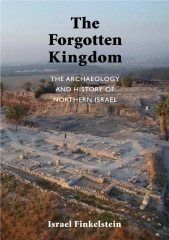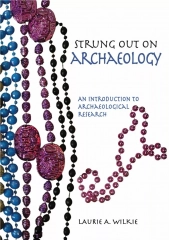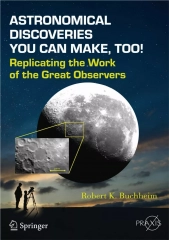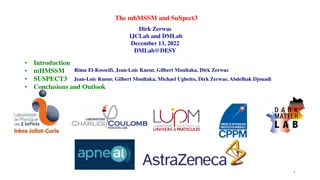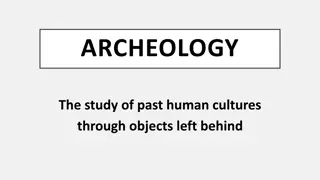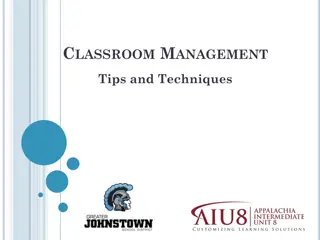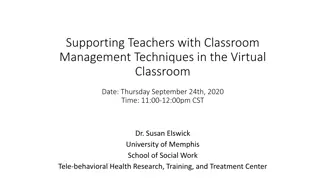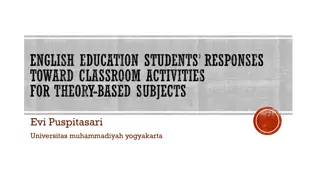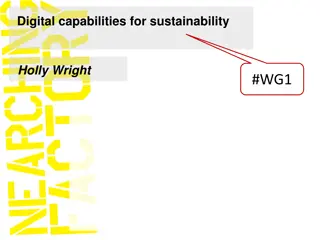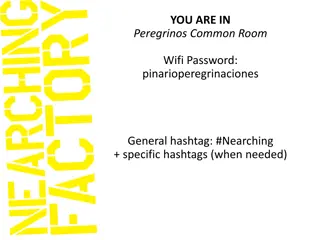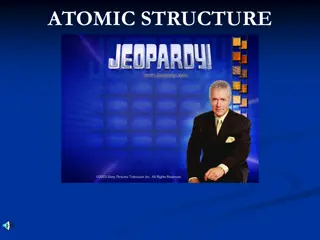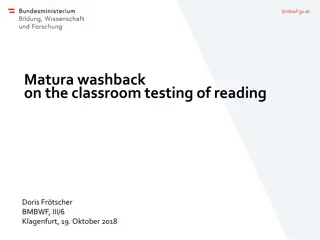Unveiling the World of Archaeology: Classroom Activities and Discoveries
Delve into the realm of archaeology through engaging classroom activities that shed light on the work of archaeologists, uncovering mysteries of the past by finding buried objects. Explore reasons why objects are buried, from safety to discarding rubbish, and learn how archaeologists piece together the puzzle of ancient civilizations through remnants of the past.
Download Presentation

Please find below an Image/Link to download the presentation.
The content on the website is provided AS IS for your information and personal use only. It may not be sold, licensed, or shared on other websites without obtaining consent from the author.If you encounter any issues during the download, it is possible that the publisher has removed the file from their server.
You are allowed to download the files provided on this website for personal or commercial use, subject to the condition that they are used lawfully. All files are the property of their respective owners.
The content on the website is provided AS IS for your information and personal use only. It may not be sold, licensed, or shared on other websites without obtaining consent from the author.
E N D
Presentation Transcript
Introduction to Archaeology Classroom Activities for Pre/Post Museum visits Introduction to Archaeology Classroom Activities Colchester and Ipswich Museums Learning Resources 2015
What does an Archaeologist do? Archaeologists find things that were made and used by people in the past. They work a little bit like a detective, looking for evidence or clues that the objects provide, helping them discover more about the lives of people the objects belonged to. Being an archaeologist involves: finding and digging up things made and used by people in the past. discovering all you can about the things that have been found. sharing this information with other people. Introduction to Archaeology Classroom Activities Colchester and Ipswich Museums Learning Resources 2015
Things may get lost and buried for different reasons . WHY ARE OBJECTS BURIED? Introduction to Archaeology Classroom Activities Colchester and Ipswich Museums Learning Resources 2015
Things may be buried to keep them safe This pot full of gold Iron Age coins was found buried in a field in Suffolk. Archaeologists suggest why they think the object may have been buried and who it may have belonged to. All archaeologists may not always agree and they may change their ideas if new evidence or clues are found, just like a detective. Introduction to Archaeology Classroom Activities Colchester and Ipswich Museums Learning Resources 2015
Things may be buried because they are rubbish Archaeologists will often find bits of broken pottery and the pips, stones, bones and shells from food in rubbish pits near building remains. Sometimes archaeologists can compare the fragments of pottery they find, with whole pots found in other places to help them work out what kind of pot the fragment was part of. Introduction to Archaeology Classroom Activities Colchester and Ipswich Museums Learning Resources 2015
Things get buried because they get lost Archaeologists often only find part of an object because natural organic materials like wood, leather and cloth rot when buried underground. Archaeologists rarely find whole pieces of natural objects and food that are buried underground. They do often find the pips, stones, shells and bones that were thrown out in the rubbish. They can use these to work out what people ate in the past. Introduction to Archaeology Classroom Activities Colchester and Ipswich Museums Learning Resources 2015
Things may be buried with people when they die In the past important people were often buried with many of their belongings. When archaeologists excavate a grave the collection of objects they find can give clues about who the person may have been and what their life was like. Introduction to Archaeology Classroom Activities Colchester and Ipswich Museums Learning Resources 2015
Summary What does an archaeologist do? Why might an object get buried? Why doesn t the pick axe still have its handle? Introduction to Archaeology Classroom Activities Colchester and Ipswich Museums Learning Resources 2015
